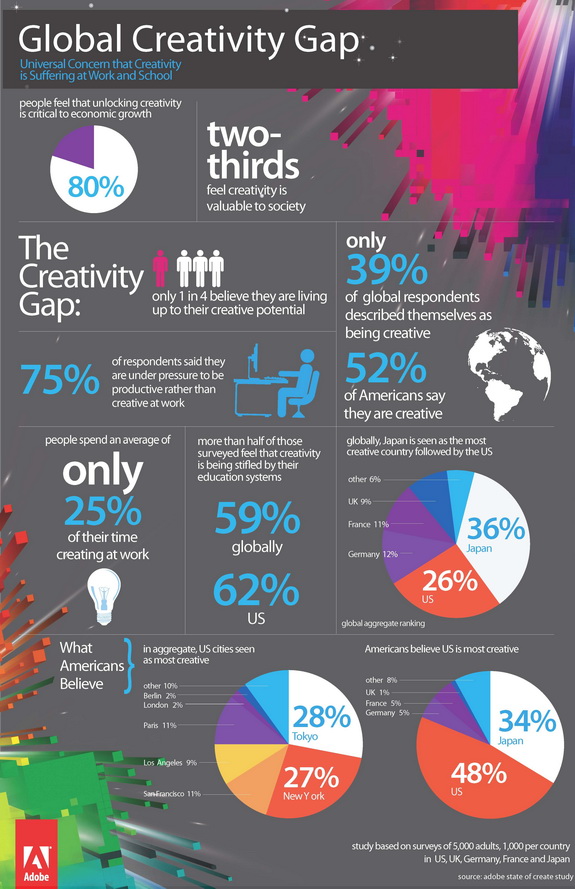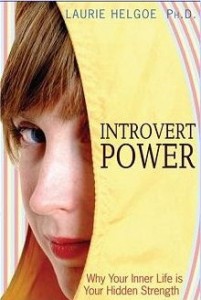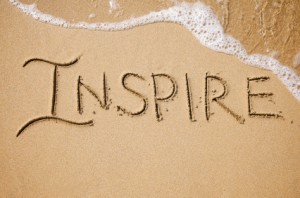Here’s a billboard-sized example of a project that blends hand-painted art with digital communication technologies.
Clear Channel Outdoor, one of the world’s largest outdoor advertising companies, celebrated its sponsorship of the Cannes Lions International Festival of Creativity in June by completing the world’s first hand-painted micrography billboard made entirely of tweets. Micrography is a technique is which text is used to form an image that is most visible when seen from a distance.
The hand-painted billboard is composed of hundreds of tweets answering questions such as:
- Who owns the creative agenda?
- Can creativity be a bigger force for social good?
- Is creativity an art or science?
- Is technology redefining creativity?
The tweets were generated by the company’s #canvas for creativity social media debate. It was the third most used hashtag at this year’s Cannes Lions festival.
Billboard muralists Tait Roelofs and Patrick McGregor painstakingly hand-painted the best comments, perspectives, observations and quotes from the conversation onto the 16 x 4 m canvas,
Set in the grounds of Le Grand Hotel in Cannes, the mural featured the 60th Anniversary Cannes logo, celebrating the creative potential of the global advertising industry, and Cannes’ 60 years of recognizing and inspiring exceptional creativity.
To continue the discussion online, the mural was converted into the world’s first gigapixel image searchable by tweet. Contributors can search for their tweet by keyword or Twitter handle, to see in high-resolution detail exactly where in the mural it appears.
“Cannes Lions is an important global celebration of the brands and businesses that push the boundaries of creativity,” said Paul Evans director, marketing and planning, Clear Channel International. “Our hand-painted Twitter mural symbolize the powerful audience effect that can result when physical and digital experiences collide in meaningful ways.”
Social media visualizations of the #canvas Twitter content were streamed on CCO’s website, digital screens at the festival, and a high-resolution projection onto a separate 18 x 5 meter canvas located on the roof of the Le Grand Hotel, Cannes. The projection canvas was built specifically for the festival and sat at the highest spot on the Croisette – a spot never before used for advertising or media at Cannes Lions. This content played for a total of 18 hours every day to over 11,000 delegates from 92 countries.
Clear Channel Outdoor’s international in-house marketing team created the program concept, working with a roster of agency partners, including Buzz Radar (data visualization), CURB Media (outdoor mural, high-resolution projection), Visualise (gigapixel image, 3600 images), Fishburn Hedges (PR), Proud Creative (design) and We Are Social (social media management).
Artists Patrick McGregor and Tait Roelofs, as part of CURB’s team. Patrick McGregor is an artist trained in hand-painted billboard ads and fine arts. Over the past two decades, he has delivered extraordinary outdoor ads for companies ranging from Nike to Marc Jacobs as well as galleries.Tait Roelofs (aka T8) is a Los Angeles based artist working in various media, mainly painting, sculpture, and video. T8 has exhibited in numerous art fairs including Art LA, Scope NY, Pulse Miami, and at the ISLIP Art Museum in Long Island. He has had numerous solo and group shows in Los Angeles and New York. He is currently represented by De Soto Gallery in Los Angeles.
LINKS




